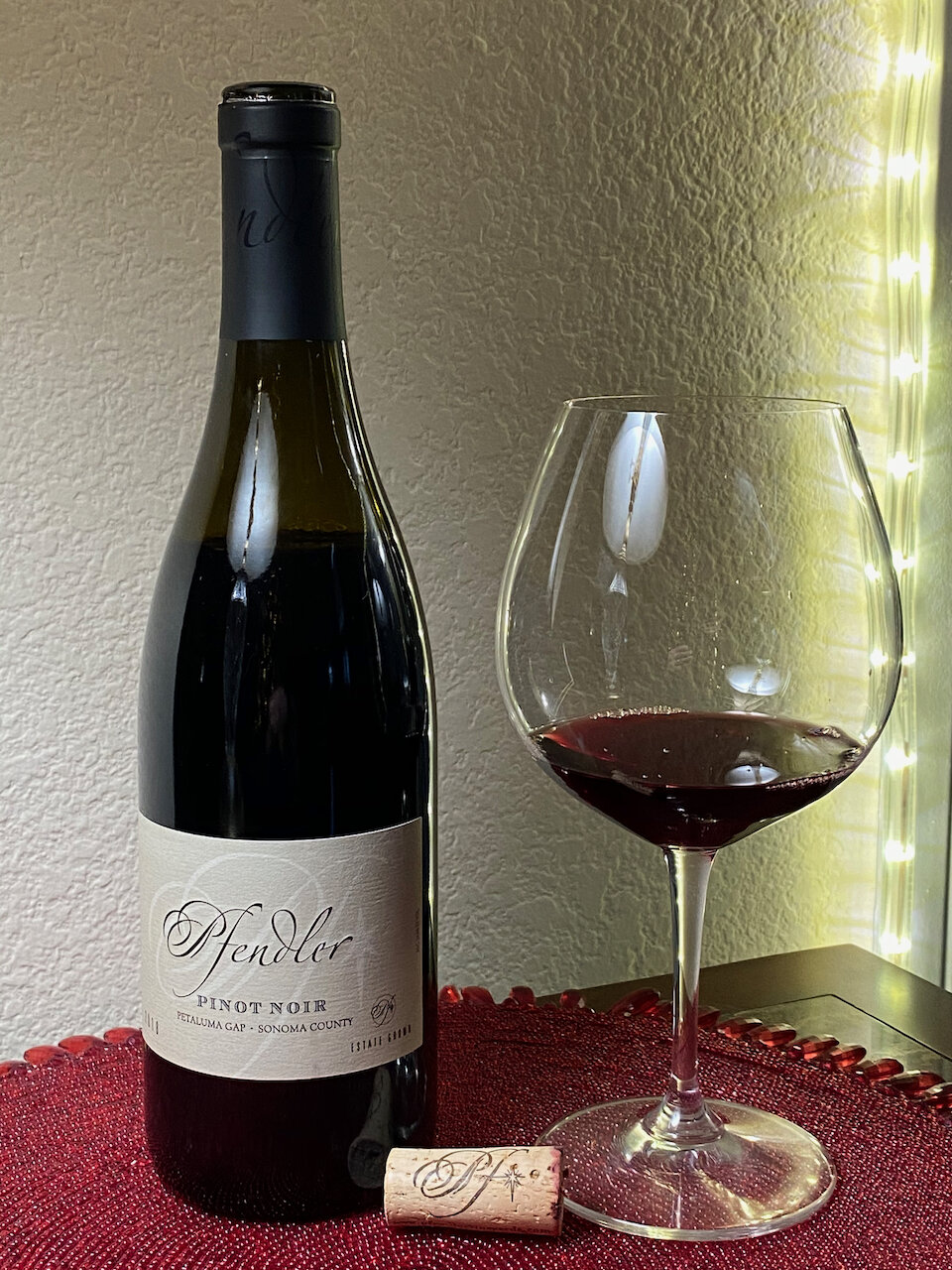Here are some fun facts about Champagne as we head towards New Year’s Eve:
Champagne is not made from Champagne grapes
Champagne is typically produced from three grapes — Chardonnay, Pinot Noir (Yes! A red wine grape!) and Pinot Meunier (another red grape)
To be called Champagne, it must be produced in the Champagne region of France. Otherwise, it’s called Sparkling Wine
An exception to the above rule is that California can produce “Champagne” – such as Korbel, Cook’s or André – and it is perfectly legal to be called Champagne. The loophole that makes this legal stems from a ruling in 2005, after two decades of court battles, when the U.S. and the EU reached an agreement. In exchange for easing trade restrictions on wine, the American government agreed that Champagne would no longer appear on domestic wine labels – that is, unless a producer was already using the name
The first step in making Champagne is to make the wine, like any other wine, in a barrel or tank and bottle it
The wine gets its bubbles from a second fermentation inside the bottle that is initiated by adding a solution of sugar and yeast. As the yeast consumes the sugar, it gives off carbon dioxide which stays trapped in the sealed bottle and ‘dissolves’ into the liquid
Champagne bottles are stored with their neck down during the second fermentation so that the yeast will settle in the neck
The upside-down bottles are regularly turned to ensure all the yeast ends up in the neck of the bottle in a process called riddling
The Champagne bottle is then opened and the spent yeast is removed or disgorged
Finally, some additional wine and sugar is added (the dosage) to balance the Champagne’s acidity
This process of making Champagne is called the méthode champenoise
Champagnes are generally categorized as: Extra Brut, Brut, Extra Dry, Demi Sec and Doux. All of this depends on sugar levels
Cheers to enjoying a bit of the bubbly this New Year’s Eve and throughout the year!





